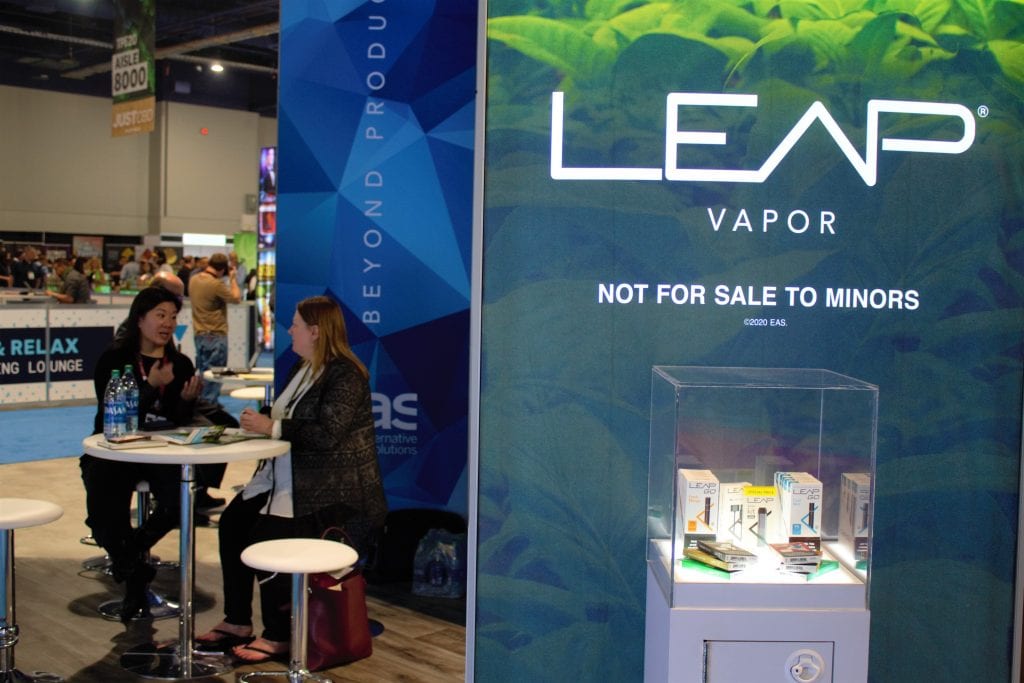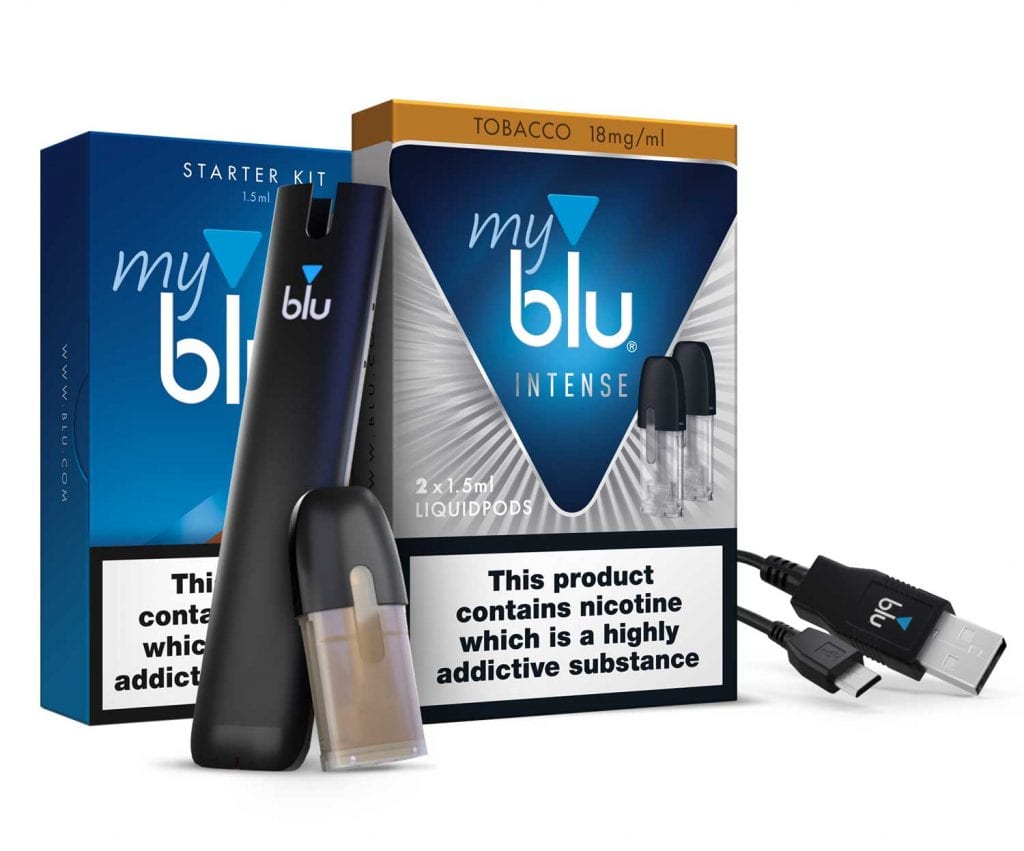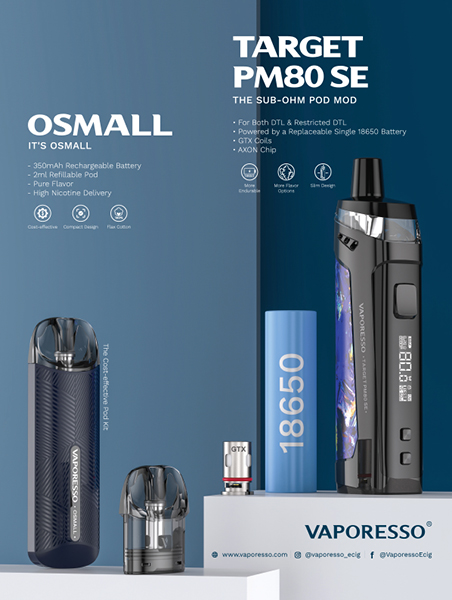The new deadline for premarket tobacco product applications presents a major stress test for the vapor industry.
By Timothy S. Donahue
The clock just started ticking a lot faster. On July 11, a U.S. District Court in Maryland slashed the time available for vapor companies to submit the paperwork required to keep their products on the market. Previously set for Aug. 8, 2022, the deadline to deliver premarket tobacco product applications (PMTAs) to the U.S. Food and Drug Administration (FDA) is now May 12, 2020—less than 10 months from now.
Due to the cost and complexity of preparing PMTAs, only the most determined players will have their applications ready in time. Completing a PMTA requires numerous tests and trials consuming tens of thousands of pages of data. It also requires submitting a plethora of information on how companies handle everything from consumer complaints to employee training. Vapor companies are required to submit harmful and potentially harmful constituents (HPHCs) studies, consumer perception studies, environmental assessment studies and more. The list is seemingly unending.
As a result, experts say there will likely be fewer e-liquid flavors on the market in the future. There will be less hardware too. Businesses will close, and industry consolidation is nearly guaranteed. “Each manufacturer in this industry must make the decision to pursue this enormous and difficult endeavor or face a future of non-engagement domestically,” says Kristofer Manabat, chief strategy officer of USA Vape Lab, one of the largest e-liquid manufacturers in the U.S.
SUGGESTED DIRECTION
The industry is now scrambling to get the data necessary to complete the PMTA process. The FDA released its finalized PMTA guidance for the vapor industry nearly one month before the court ruling. The final guidance is very similar to the FDA’s draft guidance released in mid-2016, and acting FDA Commissioner Ned Sharpless says that responsible manufacturers “certainly don’t need to wait 10 months” to act.
“We’ve outlined our recommendations for what the FDA expects to be included in e-cigarette premarket applications and have provided a number of other resources to aid [the] industry in their submissions for other products and assist the agency in fulfilling its public health mandate,” Sharpless said. “We encourage [the] industry to use these resources now as a guide for their submissions to the agency.”
Importantly, while the final guidance continues to note that nonclinical studies alone generally would not support a marketing authorization, it also says that long-term clinical studies generally would not be required, according to Agustin Rodriguez, an attorney with Troutman-Sanders, a law firm with 12 offices across the U.S. that specializes in the vapor and tobacco industries.
“The final guidance provides additional recommendations regarding battery safety, including testing certificates for any voluntary electrical standards,” he says. “The final guidance also provides new recommendations for [the] testing of harmful and potentially harmful constituents. Some HPHCs were removed from the original draft guidance and some were added, and [the] FDA also decreased the recommended number of replicates for testing.”
Derek A. Beauchamp, senior technical director for analytical sciences at Avomeen Analytical Services in Ann Abor, Michigan, USA, notes that the 2016 guidance did not include a list of chemicals required for HPHC testing. The final guidance lists 34 chemicals plus “other,” most of which can be found on the Hoffman list, a list of hazardous smoke components used by the tobacco industry to simplify testing.
“A lot of the 34 chemicals chosen by the FDA were out there on the Hoffman list,” says Beauchamp. “These known carcinogens would be the most important for vapor testing. I would say a focus should be placed on testing for heavy metals, nitrosamines, diacetyl …. Attention should be placed on the ‘other’ known irritants or chemicals requirement too. You must test for any chemical if you know or believe that the chemical might be present.”
Beauchamp says that Avomeen started developing a methodology for appropriate analysis in 2016 when the draft guidance was released. “With the new guidance, we are updating our methods and going through a revalidation in terms of what is required for analytical testing,” he says. “The new FDA guidance is going to ensure that e-liquids are as safe as possible in terms of harmful constituents when the liquid is aerosolized.”
Currently, the FDA requires a PMTA for each individual flavor, which is costly and expensive, especially for smaller companies. It should be noted that a single PMTA may include multiple products with a single cover letter and table of contents; however, the FDA will “consider each product as a separate, individual PMTA.” Beauchamp hopes there will be options down the road to reduce the cost and time required. “Maybe if a company tests flavors A, B and C, then maybe D doesn’t need to be tested,” he says.
CROSSING THE BRIDGE
Two other options to minimize testing costs are bridging and tobacco product master files (TPMFs). “Bridging allows applicants to reference information that is already known for a particular product with the appropriate justification—i.e., why the data used are applicable to the new tobacco product,” says Neelam Gill, a regulatory attorney with Troutman-Sanders. “In other words, when justified, the bridging approach uses a body of information to extrapolate safety and health data in cases where these specific data do not exist. The key is providing adequate rationale and justification to support bridging to existing data for, say, an earlier generation tobacco product or similar tobacco products.”
Bridging generally allows a company to test a lesser amount of a similar product, although in some cases, a bridging study may be needed. Bridging to existing data and bridging studies are two separate concepts. According to Beauchamp, bridging studies can be valuable because the FDA considers different nicotine strengths and different flavor variants as different tobacco products, each requiring its own PMTA.
“Imagine a company has a strawberry e-liquid in 10 different nicotine strengths,” he says. “What bridging will allow you to do is test a low-end nicotine strength, a high-end [nicotine strength] and a midpoint … and if you get passing data in all three, the FDA will allow you to make the assumption that everything in between the high, mid and low points would all pass. All individual flavors will require this and will be filed as separate PMTAs.”
Bridging may also help with hardware submissions. Since the FDA doesn’t specify wattage or temperature conditions, requiring only a “reasonable” range, Beauchamp says that if a company tests some low-end temperature settings, some mid-range temperature settings and some high-end temperature settings, a company should be able to use that as a bridging study for a device. “That should cover it,” he says. “Also, in my opinion, if there is a way to over-increase the wattage, then maybe do some testing there too because if the consumer can do it … people will modify devices. You just want to cover your bases,” he says.
While there is a significant rationale to bridging, the science should be sound, according to Manabat, especially when realizing how bridging studies can impact other required studies, such as consumer use and perception studies. “The consumption behaviors in 3 mg nicotine and 12 mg [nicotine] are different. There is also a certain amount of nicotine [that] a consumer will use, and that could change with the addition of flavors,” he explains. “This is partially why the PMTA is so complicated. The mechanical application and the oral application …. HPHC bridging could be a crucial factor …. It’s complicated, but we are focusing on creating methodology to be sure we comply with all requirements.”
TPMFs are another vehicle to save money in the PMTA process. Unfortunately, these won’t be available to reference until at least some products survive the PMTA process and receive approval, according to experts. The TPMF is a submission to the FDA that allows a company to submit its trade secret or confidential commercial information to the FDA without disclosing that information to another downstream manufacturer that would need the information as part of its PMTA, says Bryan Haynes, a partner at Troutman-Sanders.
“For example, a supplier that sells a certain ENDS component can grant a right of reference to its already-submitted TPMF to the multiple manufacturers that use this supplier,” says Haynes. “The applicant relying on this information to support its submission does not have access to the proprietary information. This approach simplifies the premarket process by helping applicants benefit from increased efficiencies and reduced costs because applicants can simply use the reference information in TPMFs rather than developing the information on their own. Importantly, [the] FDA does not typically review a TPMF in isolation and only reviews it in context of the PMTA or other regulatory submission that references the TPMF.”
HOLD THE LINE
There is a lot of information required for the PMTA. There are consumer perception studies, an environmental assessment study, methods for how a company will handle consumer product returns, managerial oversight and how a company will train its employees to conform with FDA guidelines.
Consumer perception studies assess how consumers perceive product harms as well as consumer interest in (and intentions to use) the product. “[The] FDA expects applicants to describe consumer perceptions among current ENDS users, other tobacco users, and nonusers for appeal and use intentions based on labeling and actual use of flavors,” explains Rodriguez.
There is no mention of synthetic nicotine in the guidelines, and Beauchamp believes that topic “is still to be seen and could be an issue down the road.” Zero nicotine is addressed and would not be regulated by the FDA unless the consumer is “reasonably expected” to add nicotine. This means that a closed system might avoid FDA regulation in that scenario, according to Beauchamp. “Based on what I know about the FDA, the closed system would be the only way. An open system is prone to adulteration—but then again, I can’t say definitively. It’s a gray area.”
The Environmental Assessment Study is another requirement that could pose complications. The FDA isn’t clear on its requirements, but secondhand and thirdhand vapor studies are probably going to be required, according to experts. “It would fall onto a toxicologist and may be based on what an analytical lab does with air quality testing,” says Beauchamp.
Because the final ENDS guidance is essentially unchanged from the draft, companies that have taken measures consistent with the draft guidance will generally be in compliance, according to Beauchamp. However, he says that if a company is just now getting started in this process and is looking for help in submitting its PMTA application, that company should “go with somebody that has experience with the FDA. There are parts that are challenging and parts that are routine practice. The FDA guidelines are just that: guidelines.”
Haynes adds that although the ENDS guidance provides valuable information, it is important to note that the guidance provides only nonbinding recommendations. “We recommend that applicants develop scientific testing programs appropriate for their products in order to meet the statutory standard of whether marketing the products is ‘appropriate for the protection of public health.’”
The PMTA process is going to consume much of the vapor industry’s energies over the next months. Getting products approved is essential because, without it, jobs and lives will be lost, according to Manabat—jobs as a result of failing businesses and lives as a result of vapers reverting to combustible cigarettes.
“Companies conducting responsible, forward-thinking business have the best chance to survive. The fact of the matter is that a significant amount of this endeavor is trailblazing. It’s a difficult and nebulous path because no one in the vapor industry has done it before. There has never been a greater time in our industry for a need of consilience of effort and a unification of industry movement.”




























